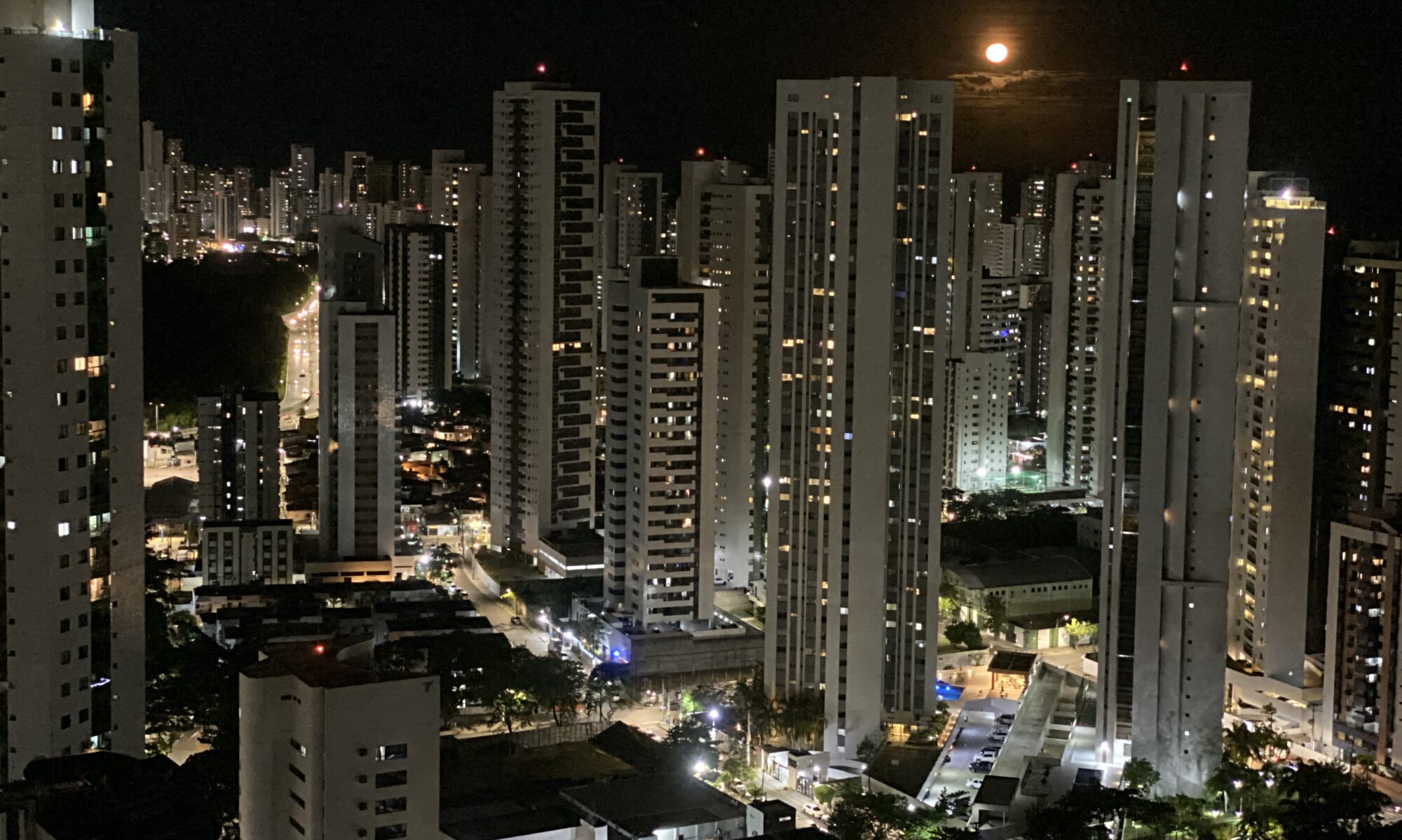In the early stages, concern for the environment was often confused with the struggle to defend Brazil’s forests. During the first four centuries of human occupation, in the Central South and North East regions, development of these regions was at the cost of the destruction of the forests. “Cerrados”, rocky plains and bush country (“caatingas”) were all considered marginal areas and therefore received marginal attention. Agricultural development demanded the destruction of forested areas. Until the 1950s, coffee accounted for around 90% of Brazilian exports. Coffee bushes are greedy plants which quickly exhaust the soil and require extremely fertile land. Coffee growing on an economically significant scale began in the vicinity of Rio de Janeiro, the city which was made the royal capital by Dom João VI. Later it migrated down the Paraíba do Sul Valley. It spread to São Paulo state, particularly around Campinas, then to the west of the state and into the northwest of Paraná. It also took root in the south of Minas Gerais and parts of Espírito Santo state. In the Northeast region of Brazil, the main agricultural activity was and still is the cultivation of sugar cane for the production of sugar and alcohol, and this has also become very important in the Southeast region. Until the middle of the twentieth century Brazil was basically an agricultural nation.
During and after the First World War, industry began to develop, mainly through the activities of Italian and Italian – Brazilian manufacturers, such as the Matarazzo, the Crespi and the Bardella, as well as of businessmen of Lebanese, Syrian, Portuguese and German descent, among others.
Roberto Simonsen was the architect of Brazilian policies of market reservation for manufactured products. It was the era of “similar national products”. If there was a “similar national product”, Brazil would not need to import the manufactured products of other countries. Dom João VI opened the ports of Brazil to the world. Roberto Simonsen and his followers closed them, by prohibiting or restricting the import of manufactured goods. This was the ideology of Great Brazil, whereby the country was seen as under siege from the other nations of the planet. Market reservation may have been necessary at the time, but it was not a sustainable policy over the longer term. Only after 1980 did Brazilian ports begin to be reopened to the world, a process which continued under the Collor government (1990-1992) and even more under the governments that followed.
Today we live in the age of Mercosul, the age of the global economy, the age of profound respect for the market. Coffee now accounts for about 10% of Brazilian exports. Production has diversified and in many sectors Brazilian products are competitive even in our globalised world.
The features of Brazilian economic evolution summarised above not only had profound consequences in speeding up the country’s development but also had an enormous environmental impact.


